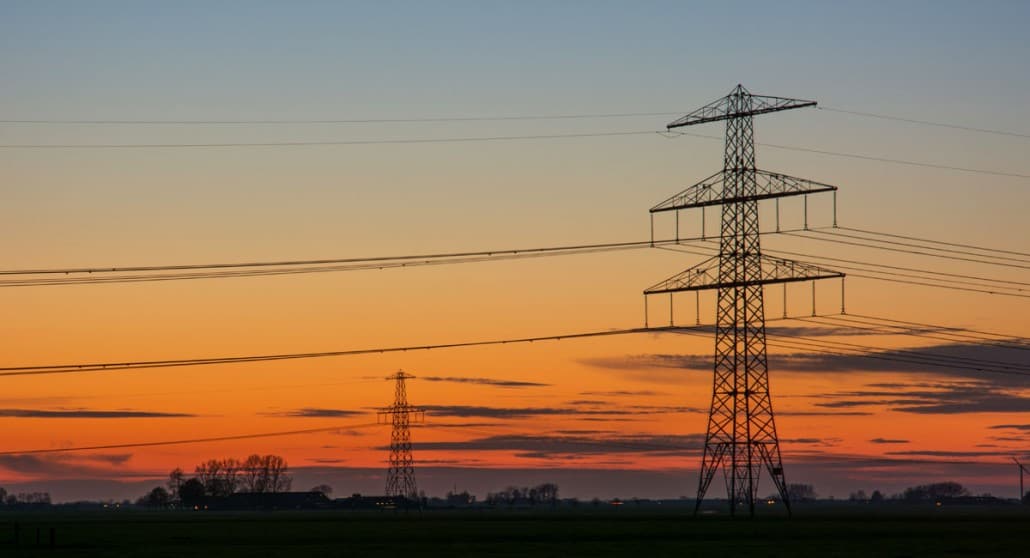South African taxpayers have forked out an estimated R521-billion over the last 15 years to keep state owned enterprises (SOEs) alive, and have received nothing in return.
Despite the bailouts, many companies continue to fail due to financial mismanagement and corruption, and the bailouts may be much higher than the National Treasury estimates.
During a speech at the end of February this year at the launch of a new World Bank report titled Driving Inclusive Growth in South Africa, Finance Minister Enoch Godongwana outlined the amount SOEs drained from the fiscus.
He noted that the Treasury estimated that, as of March 2025, requests for bailouts and debt takeovers had cost the fiscus R520.6-billion over the past decade.
Godongwana added that this funding was made available without significantly raising taxes, which means the money was taken from other areas. He said the money to bail out state-owned enterprises was raised by cutting expenditures in other areas, which hurt the country.
These allocations, especially in the last few years, are nearly exactly the same as the amount the state had to cut from frontline services, including health, pension, provincial, and the SANDF.
While it is hard to illustrate how this has hurt the country, the Foundation for Rights of Expression and Equality (Free SA) gave Business Tech a good idea of what the money could have built instead.
Free SA is a non-partisan policy search and advocacy organisation that provides research and analysis of various government policies for the benefit of the South African public.
According to Free SA, the bailout cost of R520.6 million equates to over R8,600 per person in South Africa and could have been used to build:
Over 8,600 new schools
Over 2.6 million homes, and
A police force three times the size of what it is today.
Looking at the biggest receivers of these bailouts, Eskom has received the lion’s share, with others such as South African Airways (SAA) and the South African National Roads Agency (Sanral) getting their fair share.
The situation is likely far worse
It is difficult to pinpoint a comprehensive and precise figure for the total amount the South African government has bailed out SOEs over the past decade.
This is due to companies’ inconsistent reporting, varying definitions of bailouts, like direct recapitalisations, guarantees, or debt takeovers, and the complexity of fiscal allocations. However, based on the latest information from parliamentary briefings and committee meetings, the figure is likely even more than the Treasury estimates.
At the end of 2024, the Treasury told the Standing Committee on Appropriations that by 2025/26, Eskom had received R496-billion in bailouts since 2008/09.
Additionally, SAA received 12.4% of the total bailout, totalling R49-billion, in only six years, while Sanral has been allocated R47-billion.
Furthermore, late last year, Transnet requested a R61-billion bailout, which Cabinet did not recommend. Instead, it was given a guarantee facility.
Looking at other smaller SOEs, aerospace and military technology company Denel has received R8.95-billion, while the South African Post Office (SAPO) has received R10.4-billion.
These latest figures suggest that the amount South African taxpayers paid in bailouts is closer to R611-billion, excluding Transnet’s requested amount of R61-billion. Despite the massive bailouts, most SOEs are in a worse state than ever, showing that the bailouts did not produce positive results.
Eskom still faces hundreds of billions in debt, while others, such as Denel, are under investigation for corruption, mismanagement and wasteful expenditure.
Additionally, SAPO is circling the drain as it remains in business rescue. Its business rescue practitioners (BRPs) have said the entity will not survive unless it gets more money from the state.
In a parliamentary Q&A session in May 2024, the late former minister of Public Enterprises Pravin Gordhan noted that the state had received R1-million in dividends from SOEs since 2019, despite the billions in bailouts.
This means government’s return on equity over the past five years equates to 0.0003% for all SOEs under the public enterprises portfolio.
This article first appeared on Business Tech

